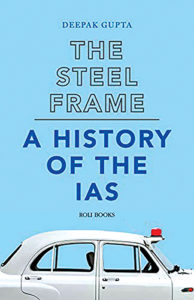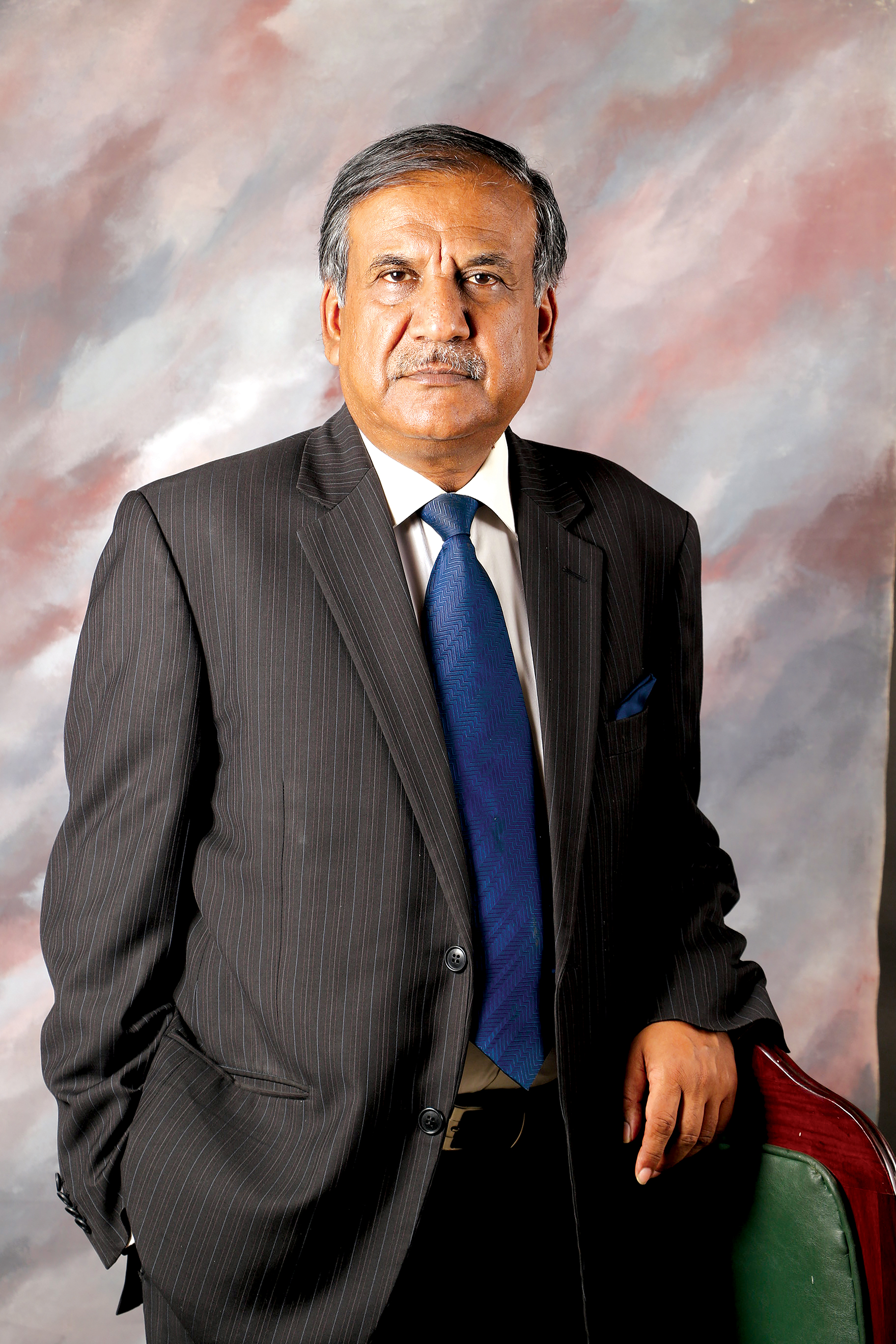Seasoned bureaucrat Deepak Gupta, who was chairman of the UPSC entrusted with the task of selecting civil servants, writes a comprehensive history of Indian Administrative Service
DEEPAK GUPTA is best suited to write The Steel Frame–A History of the IAS. He is from the service, was the chairman of the UPSC that selects civil servants. All three of his brothers are either IAS or Indian Foreign Service officers, his father was in Imperial Police (IPS of the colonial era) and one of his uncles was in ICS; two others were promoted to IAS after independence.
After retirement, he set out to write a history of the IAS. The bureaucracy, as it exists today, was essentially a colonial tool to run a nation of sub-continental proportions, in a way that provided India administrative unity. But the question that has lingered on for so long: How come an administrative structure designed for colonial setup was inherited by a democratic polity committed to the welfare of ‘We the people’?

Sitting out on a sunny afternoon in Noida’s golf course, Deepak Gupta thinks aloud, “What’s the alternative?” And it’s a fact, that there is no viable alternative, or at least we have failed to find one in the last seven decades since independence, and the steel frame—though many would argue is rusted–despite all limitations, has continued to function, some would argue, fairly well given the complexity of running India, a collection of various sub-nationalities.
Gupta points to what the first home minister Sardar Patel almost prophetically wrote to prime minister Jawaharlal Nehru, anticipating problems due to the ‘dominance of political executive’: “I need hardly emphasise that an efficient, disciplined, and contented service…is a sine qua non of sound administration under a democratic regime even more than under an authoritarian rule.”
The 288-page book is well researched and is full of anecdotes, that makes it a quick read, easy to consume, and is a must read for all those who are interested in making sense of how a country of India’s complexity is run. Having provided the bird eye’s view of the history of IAS and ICS—the colonial avatar of the former—the most interesting chapter ‘Reinventing the IAS officer’ is a roadmap for the future with a historical perspective.
Being an insider, Gupta is not justifying the relevance of IAS that many would argue, is a poor system that has failed to deliver. In his analysis, he has been what an IAS officer is required to be in his public conduct, ‘objective’.
The fundamental issue remains the politicisation of the entire process of governance. Gupta draws the distinction between policy changes which is a political decision like bank nationalisation, economic reforms of 1992, and more recently demonetisation by the incumbent regime. Imple-mentation of policy falls in the domain of the bureaucracy. Gupta is of the view that implementation considerations should be part of policy formulation as it’s not done in a vacuum. Or else there’ll be difficulties in implementation, to put it mildly.
He points out that policy decisions are made, in many cases, where senior civil servants have ‘little or no say, their advice is not sought, nor welcome.’ This could lead to unrealistic targets and time span of achievement’. Demonetisation is a good example.
The more ‘objective and complete the marshalling of facts, the more competently the job will be done.’ Simple. General Tax System or GST is a good example of how this was not done. This binary that political bosses decide and bureaucrats implement has ‘left much room for irrationality, arbitrariness, and indolence,’ Gupta emphasises.
Babus are often identified as “obstructionists” who cause “delay” or red-tapism. This, according to Gupta, is primarily an outcome of “disagreements between the coalition partners or between the Centre and state (governments)”. And the civil services lie at the intersection between the ‘lofty intentions’ proclaimed in public by the political executive and their privately expressed specific instruction. Needless to add, there’s a deep unbridged trench between the two.
There are babus who are ‘overenthusiastic’; to please their political boss and political bosses are on a lookout for such ‘personal’ favourites who could be expected to do their bidding. In such scenarios, the decision made is, more often than not, “-arbitrary, for an illegitimate purpose, against the public interest and the spirit of the constitution.” In such cases being obstructionist is a sovereign duty.
Gupta is critical of the continuance of ‘colonial mould’ in the administrative culture–hierarchies, rigidities, status to name a few—which should have been replaced by teamwork, emphasis on results than procedures, flexibility, and decentralisation. “IAS has inherited all the arrogance of the old ICS but little of competence,” he writes.
Esprit de corps is a causality, which is the collective strength of an institution. It’s a rat race to please the political masters. And there’s a general tendency to pass the buck and avoid taking responsibility for the critical decisions. Gupta advocates that there should be a way of an honourable exit to non-performing, incompetent civil servants–a good pension package, perhaps.
Some sort of accountability mechanism should be part of the career progression or else, as the case is, ‘the pyramid has become cylindrical’ and the system has become completely “non-merit based”. “What is required is a positive structural change that will bring more credibility and trust to the services. It’s the need of the hour,” asserts Gupta.
Diagnosis is the first step towards solving a problem. But will the self-serving politicians and babus upset the applecart for the general good remains a million-dollar question. ■





